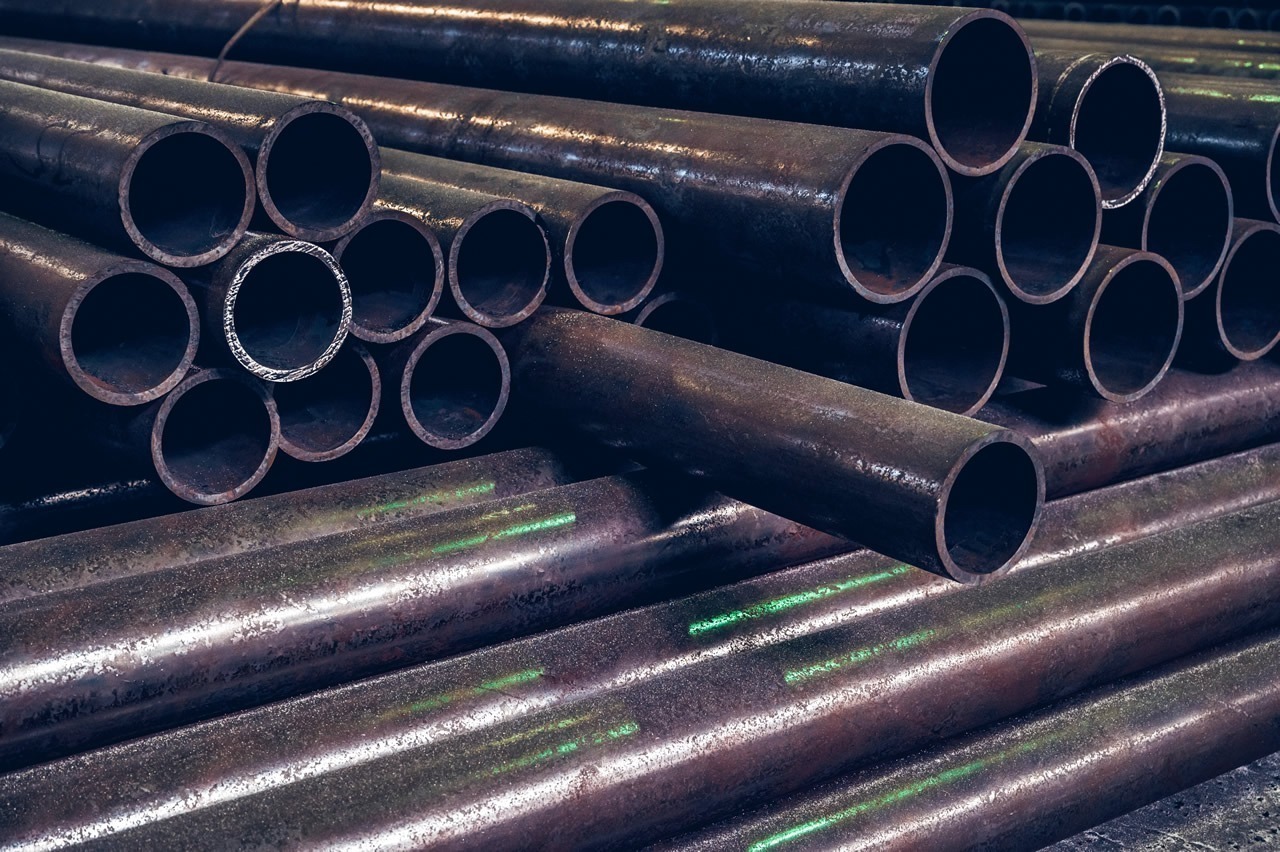By Sam Stein
Donald Trump claims that trade conflicts are beneficial and simple to win, but history suggests otherwise. George Bush gave in to lobbyists in March 2002 and imposed steel tariffs on imported steel ranging from 8% to 30%. Due to NAFTA at the time, Bush also exempted a few developing nations and Canada and Mexico.
When those tariffs were implemented, the S&P 500 fell more than 33% over the following seven months.
By presuming that a trade war is a “wonderful thing,” Trump is proving that he is no smarter than Bush was. The losers are the customers who must pay more for the final products every time a nation enacts protectionist policies, as do other nations.
Governments constantly respond but never completely comprehend the outcome. When a nation attempts to safeguard a less productive industry by imposing tariffs on it, the domestic industry is not made more productive; rather, consumers pay more for the final goods. Tariffs are intended to make imported items more expensive. They are merely a tax, and in this case, a tax that US customers must pay.
So although it's true that Trump might give in to the US steel lobby and impose these tariffs to protect 143,000 jobs in the sector, doing so will damage almost 6 million additional employees in sectors like the car industry that rely on steel to create their products. The eventual result is that consumers will pay more for finished goods made of steel or aluminum. What makes this a “positive thing” then?
US businesses that utilize steel and aluminum will see an increase in costs, a decrease in competitiveness, and a decline in exports. Naturally, the issue of reciprocal duties that have already been threatened by nations affected by Trump's steel and aluminum tariffs would then arise. Canada and the European Union have already threatened retaliation.
The price of imported goods is significantly impacted by currency. The largest supplier of steel to the US is Canada. Given that the $CAN is now trading at 77.50 against the $US, steel priced in $CAN will be 22.5% less expensive than steel priced in $US.
The US consumers will suffer the most, notwithstanding the possibility that these tariffs will benefit American steel producers' bottom lines. Investors will be among the many victims if this develops into a full-fledged trade war.


